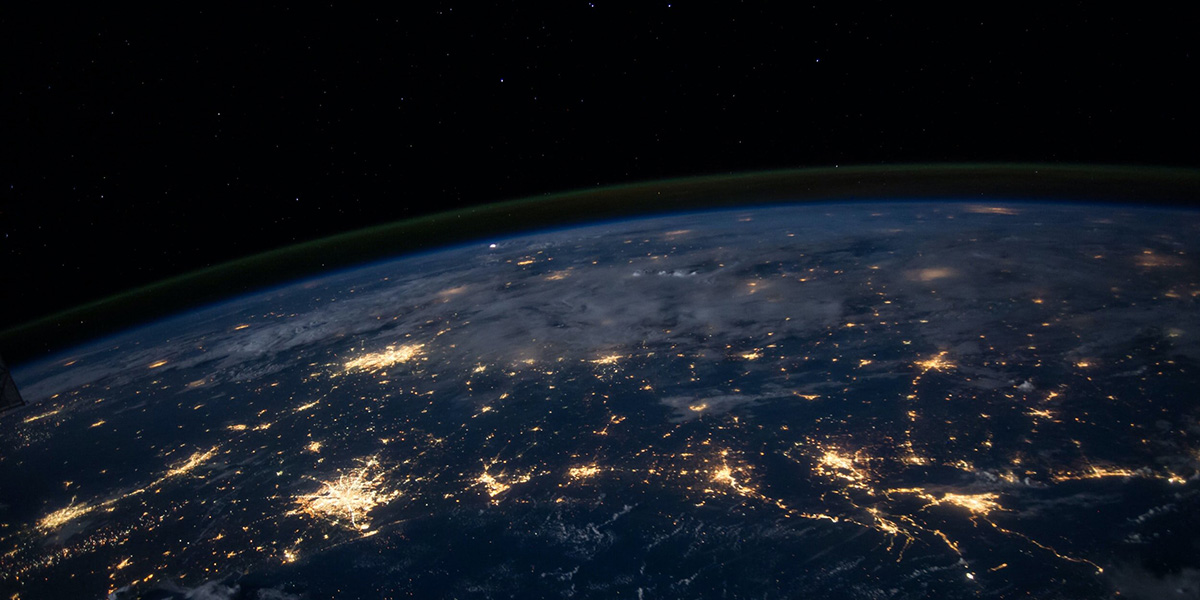
Understanding the Metaverse – What Can Danish Companies Add to Global Development?
The world’s largest corporations and most ambitious startups are finding their places in the metaverse already. The transformation is certainly underway,
Despite its small size, Denmark is known for punching far above its weight in terms of innovation and growing businesses. One of the keys to this success has been the support for tech startups from the Danish government, and organizations like Industriens Fond (The Danish Industry Foundation). Recently, the Danish government has announced a new project that will aggregate many smaller business and research areas into 14 new clusters based around different industrial and technological sectors.
In a recent press release, Danish ministers expressed their vision and optimism about what these clusters will mean for Denmark’s place on the world stage in terms of innovation and technology. (Note: The full press release and original quotes in Danish can be seen here.)
Minister of Education and Research Ane Halsboe-Jørgensen notes that “We have a strong business community throughout Denmark. The new clusters will help to support this by forming a bridge between research environments and companies.” She also expressed the importance of spreading the clusters throughout Denmark, adding that “For the government, it has been very important that there is a geographical balance in the map of Denmark drawn with the clusters.”

The importance that Halsboe-Jørgensen places on a geographical balance in the clusters is realized in the overall map (also shown above), which includes seven clusters spread throughout Jutland, one in Odense, and six in the Copenhagen area. Minister of Trade and Industry Simon Kollerup adds, “Companies rely on the latest knowledge. Therefore, the government has a clear ambition to move the business community and researchers closer together. So I am glad that the new clusters in their distribution bind Denmark better together.” This spread of clusters helps to develop Denmark as an innovation-focused nation, rather than concentrating all of the activity in one area.
The industries of these clusters include robotics, space travel, maritime technologies, finance, and more. Some clusters are more well-established, while others are relatively new and have been designated as “burgeoning” sectors, which essentially means that these clusters are expanding rapidly, with room for further growth. This mix of established and burgeoning clusters means that Denmark can build out a well-rounded tech ecosystem that operates in many different sectors. Learn more about the 14 new clusters below, translated from the Danish Ministry of Education and Research. The original overview (in Danish) can be found here.
We hope you’ve found this introduction to the Danish clusters informative! Check back soon for more in-depth posts on this subject.

The world’s largest corporations and most ambitious startups are finding their places in the metaverse already. The transformation is certainly underway,

#12: Web Summit 2023: Interview with Stella Assange, Lawyer and Human Rights Defender Written by Keyvan Thomsen Bamdej December 04, 2023

Written by Keyvan Thomsen Bamdej July 11, 2023 / 8 min. read GRILLED by TechBBQ #08: Interview with Christian Bach, Co-founder